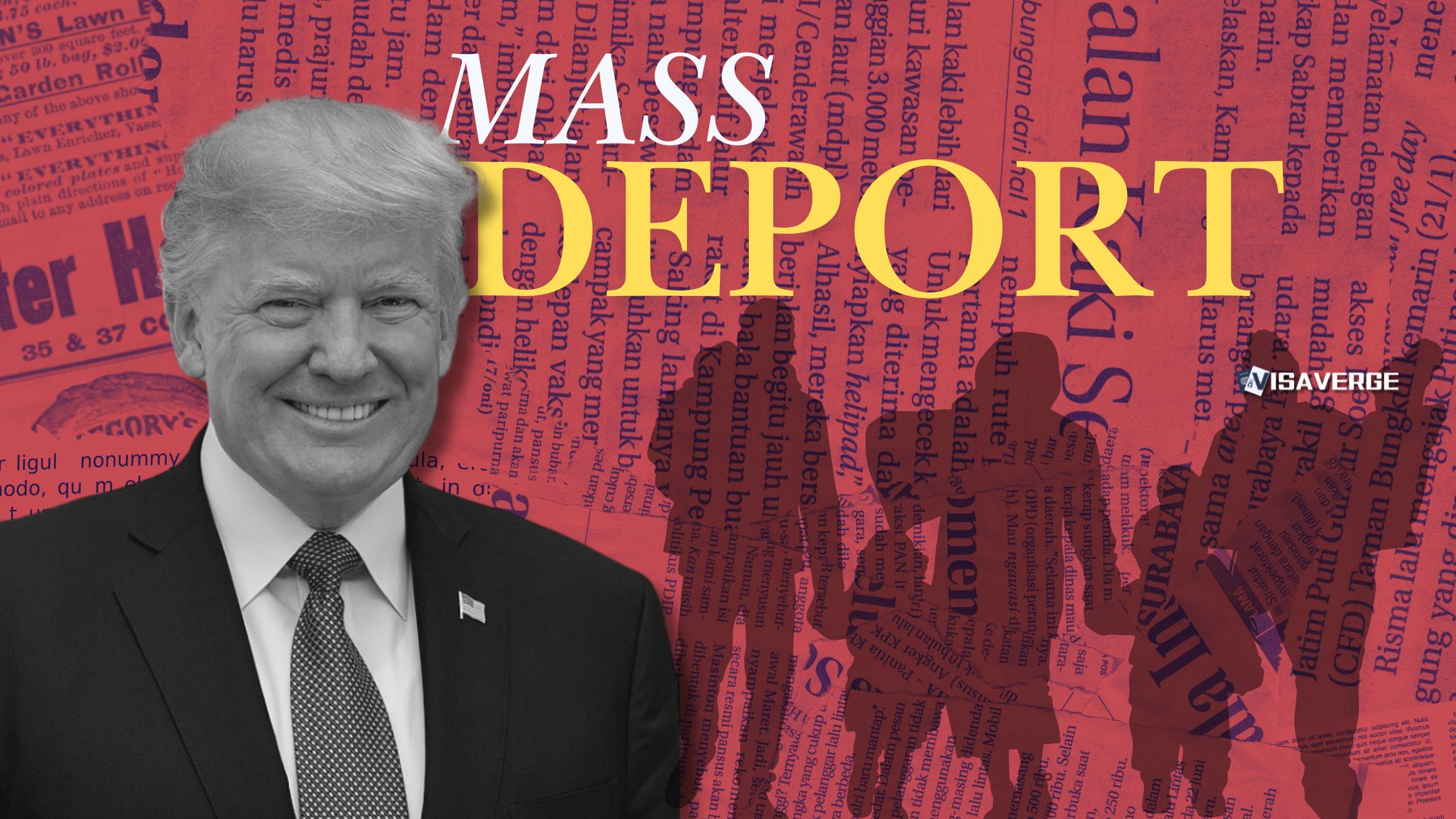A new report from the Prison Policy Initiative, released July 30, 2025, finds that local jails now play a central role in President Donald Trump’s mass deportation plan. This shift allows the administration to detain and deport more immigrants, even in places with sanctuary policies.
Key Developments and Data

As of June 2025, local jails detain a large share of immigrants targeted for deportation. While ICE reports an average daily detention population of 57,200, the true number rises to about 83,400 when including people held in local jails under U.S. Marshals Service contracts—a 45% increase over official ICE figures. Nearly half of all ICE arrests in 2025 come from local jail transfers. Between January and May, federal agents booked 20,000 people into federal pretrial detention on immigration charges, mostly for minor offenses like traffic violations.
How Local Jails Bypass Sanctuary Policies
The Trump administration uses a legal loophole: by prosecuting immigration violations as federal crimes, it can use U.S. Marshals contracts with local jails to detain immigrants, even in states and counties with sanctuary laws. There are nearly 1,000 local jails nationwide with U.S. Marshals contracts, making almost every county with such a contract part of the mass detention and deportation system.
Policy Changes and Local Incentives
President Trump’s team has shifted many civil immigration matters into federal criminal prosecutions. This lets federal agencies detain immigrants in local jails under criminal pretrial detention, hiding the true scale of immigrant detention from public view. In states like Florida, new laws require local jails to cooperate with ICE. Sheriffs risk removal for not complying, and officers receive $1,000 bonuses for joining immigration raids. Local jails also profit: Butler County, Ohio, expects $8.5 million in 2025 from renting jail beds to federal agencies.
Stakeholder Perspectives
- Trump Administration: President Trump and advisors like Stephen Miller support mass deportation, using local and state police, and even National Guard troops.
- State Governments: Florida, led by Governor Ron DeSantis, has passed laws forcing local cooperation with ICE and rewarding law enforcement.
- Local Governments: Some sheriffs, such as Richard Jones in Butler County, Ohio, welcome the policy for both ideological and financial reasons.
- Private Prisons: Companies like CoreCivic hope to reopen closed federal prisons as immigration detention centers.
- Advocacy Groups: Organizations like the Prison Policy Initiative and ACLU warn that these policies threaten immigrant rights and bypass constitutional protections.
Impact on Immigrants
Many immigrants are detained for minor offenses and held pretrial, not for violent crimes. Official ICE numbers underreport the true scale, as many are held under U.S. Marshals or in local jails outside ICE’s direct control. The rapid rise in detentions strains the immigration court system and raises concerns about due process and wrongful removals.
Looking Ahead
The Trump administration plans to expand the use of local jails and private detention centers. Lawsuits challenging these practices are ongoing, and Congress is considering laws that could increase the number of deportable offenses.
For more details, visit the U.S. Immigration and Customs Enforcement (ICE) official website. As reported by VisaVerge.com, the growing use of local jails in mass deportation efforts continues to reshape immigration enforcement in the United States 🇺🇸.
Learn Today
Local Jails → County or city-run detention facilities used for short-term incarceration, now housing immigrants under federal contracts.
U.S. Marshals Service → Federal law enforcement agency contracting local jails to detain immigrants prosecuted as federal offenders.
Sanctuary Policies → Local laws that limit cooperation with federal immigration enforcement to protect undocumented immigrants.
Pretrial Detention → Holding individuals in jail while awaiting trial, often used here for immigrants with minor immigration offenses.
Mass Deportation → Large-scale removal of immigrants from the U.S., often involving coordinated enforcement activities across jurisdictions.
This Article in a Nutshell
Local jails are central to Trump’s mass deportation strategy, detaining over 83,000 immigrants nationwide. Legal tactics bypass sanctuary laws, expanding detention quietly. Financial incentives drive local cooperation while advocacy groups warn of constitutional risks and strain on justice systems.
— By VisaVerge.com













